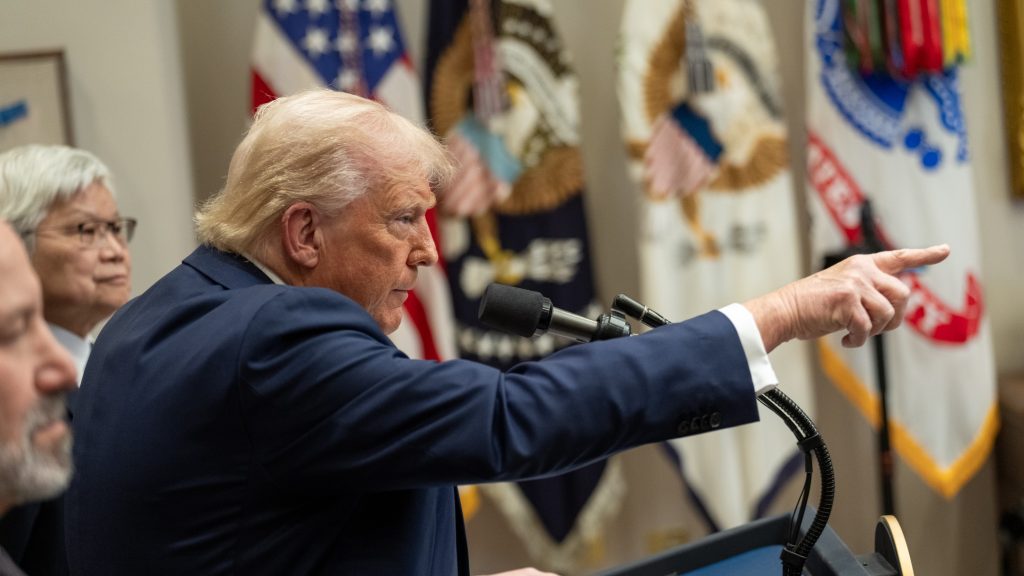Donald Trump’s administration has set the end of April as a hard deadline for Russia to agree to a Ukraine ceasefire
Others are reading now
The Trump administration is tightening the screws on the Kremlin, warning that a failure to reach a ceasefire agreement in Ukraine by the end of April will trigger a new wave of U.S. sanctions.
According to a report by Axios, citing sources familiar with the talks, the ultimatum has already been relayed to Moscow through Trump’s envoy Steve Witkoff, who is scheduled to meet Russian President Vladimir Putin on April 11.
The pressure campaign is the latest attempt by the United States to accelerate stalled diplomatic efforts, with Trump reportedly growing increasingly frustrated by what he views as deliberate delays from the Russian side.
The Clock Is Ticking
The proposed sanctions come in two forms, according to Axios: executive actions that Trump could reverse at will, or congressional sanctions that would be far more permanent. In the latter case, lifting the restrictions could take years, or even decades, due to the procedural hurdles involved.
Also read
Secretary of State Marco Rubio echoed the urgency last week, stating the U.S. isn’t willing to wait “months” for Putin’s decision. “Weeks” is all the Kremlin has, he emphasized during an April 4 statement.
So far, multiple rounds of diplomacy have produced little.
Russian and American envoys have met face-to-face at least six times in the past two months, including two meetings last week alone. Still, concrete progress remains elusive.
Putin’s Demands Stall Talks
At the core of the deadlock is the Kremlin’s insistence on maximal territorial concessions.
According to The Moscow Times, during talks in Saudi Arabia in late March, Russian negotiators demanded the full administrative territory of four Ukrainian regions — Donetsk, Luhansk, Zaporizhia, and Kherson.
One source familiar with the talks claimed Russia might even try to occupy areas of Dnipropetrovsk or Sumy, and then use them as bargaining chips in future territorial exchanges.
Such demands have reportedly hardened the U.S. stance, with Trump’s team now exploring broader sanctions — including targeting Russia’s “shadow fleet” involved in covert oil shipments.
Tough Talk, Tougher Tariffs
Trump himself has publicly floated the idea of slapping tariffs of up to 500% on countries that purchase Russian oil, a move aimed at drying up revenue streams supporting Moscow’s war effort.
The White House has quietly acknowledged that hopes for a ceasefire by Easter — once an informal goal — are no longer realistic.
And according to Reuters, administration insiders fear a peace deal may remain out of reach for months to come.
Behind the scenes, Putin’s negotiating team is said to be dominated by military hardliners — the so-called “war party” — who continue to resist any compromise that could be construed as retreat or weakness.



